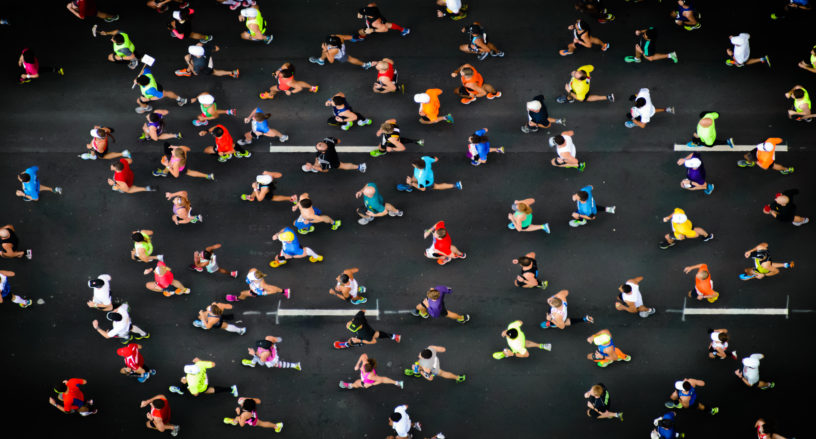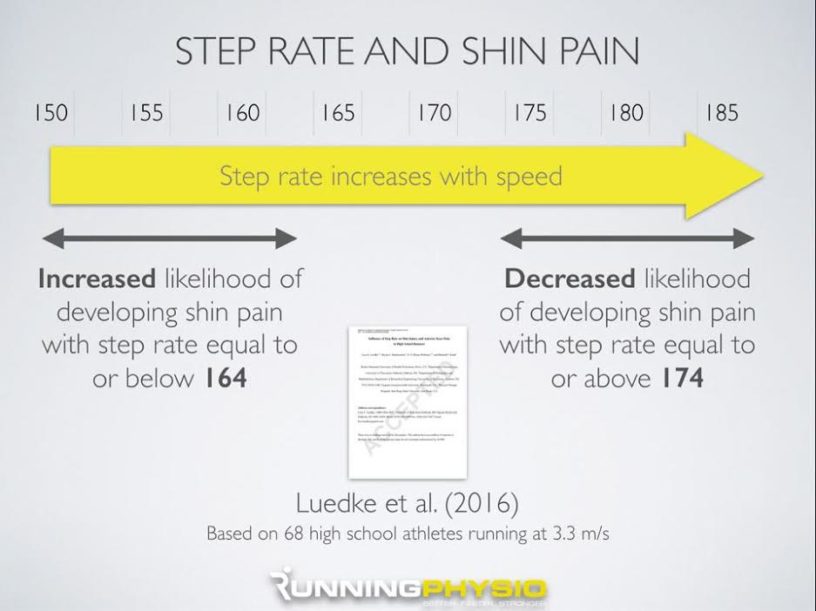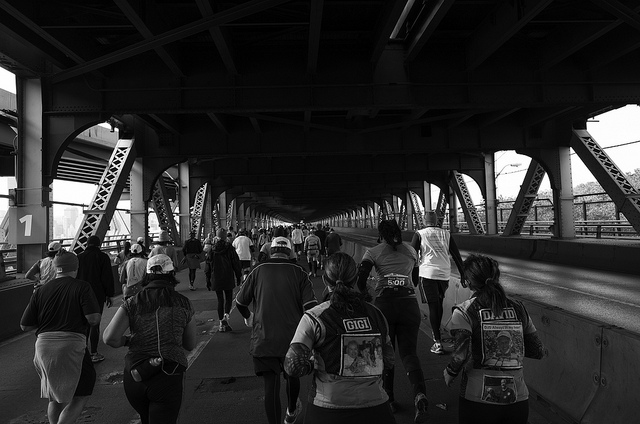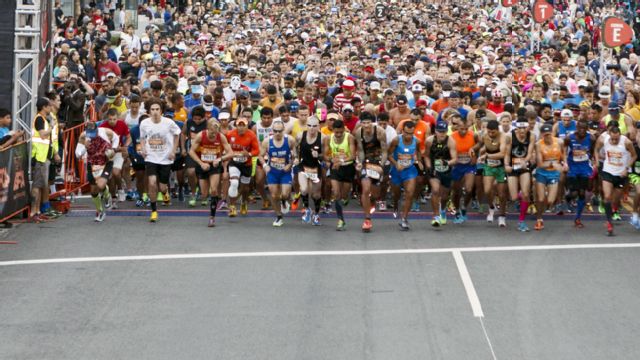What is Run Efficiency? If you study a slow-motion video of an elite distance runner they seem to bound-along effortlessly, exerting little effort to maintain speeds that mere mortals could hardly achieve sprinting flat-out! Efficiency, in a general sense, implies doing something in the most efficient manner, i.e. wasting the least amount of resources. Being able to run at a … Read More
Mortals vs Elites – A Look at Stride Mechanics
If you’re like us you’ve been glued to a screen watching the world’s best runners compete on the largest stage. Elite runners seem other-worldly, making unimaginable paces look easy. We know there are a laundry list of characteristics that make someone elite, but what about their mechanics? Do they run differently than us? Over the past year, a handful of elites have … Read More
Achieving Pace Consistency in Endurance Running
Pace consistency is at the heart of a runner’s training and is important for endurance races like the marathon. Coaches help athletes find their rhythm early as to not burn energy. Achieving pace consistency seems simple, but mechanically our bodies make constant and subtle adjustments. We know pace is a simple equation: Pace = Stride Length x Stride Rate. But … Read More
The Hot Topic of Cadence
Running Physio highlights misunderstood aspects of running step rate (cadence) – and what can happen when you aim for 180 steps per minute.
Rhythm & Stride Rate
Splits are all we have. They are like gold for the runner or coach, providing feedback on if the runner is too fast, too slow, or falling apart at the seams. But think about a race-car driver and their team. What if the mechanics only had access to the speedometer. They had no data on how the engine actually ran, … Read More
The Impact of Pace on Mechanics
One of the most frequent questions we hear is “How do I compare to other runners.” Answering that question is more complicated than you’d think. For two runs or runners you’d like to objectively compare, it’s important that the pace and terrain are identical, otherwise you might as well be comparing apples to oranges. Our bodies naturally adapt, and your … Read More
The Finish (NYC 2015)
The finish is where you dig deep, give it everything you’ve got, knowing that it will be over soon. In Ellie’s case, we see the picture of an elite athlete who is holding on as hard as she can, in spite of a loss of efficiency (Flight Ratio started at 25% – and dropped down to nearly 15% toware the finish). … Read More
The Wall (NYC 2015)
The Wall is every runner’s torment.When will I hit it? Will I recover? How? Even an elite, consistent runner like Ellie, isn’t impervious to The Wall. At around mile 21 (35k), Ellie’s pace drops slightly as her Flight Ratio (an efficiency indicator) continues its slow downward trend (it’s fortunate that Ellie starts at elite levels!). But what is interesting is … Read More
The Bridge (NYC 2015)
The Queensboro Bridge at mile 15 (25K) is considered one of the toughest points of the course, and with no spectators allowed on the bridge, it’s also the quietest. Our elite runner – Ellie – slows her pace just slightly as she shifts to a more mid/fore-foot strike going up and over the bridge. We can see that in both her higher … Read More
The Start (NYC 2015)
Ellie was a seeded runner, meaning she got to start of in an early wave. The advantage is that she was able to get off the line quickly. Although it’s clear from the variance we see in both her Footstrike Type and her Contact Time that she was weaving her way through the crowd in the first 5K of the … Read More
- Page 1 of 2
- 1
- 2










